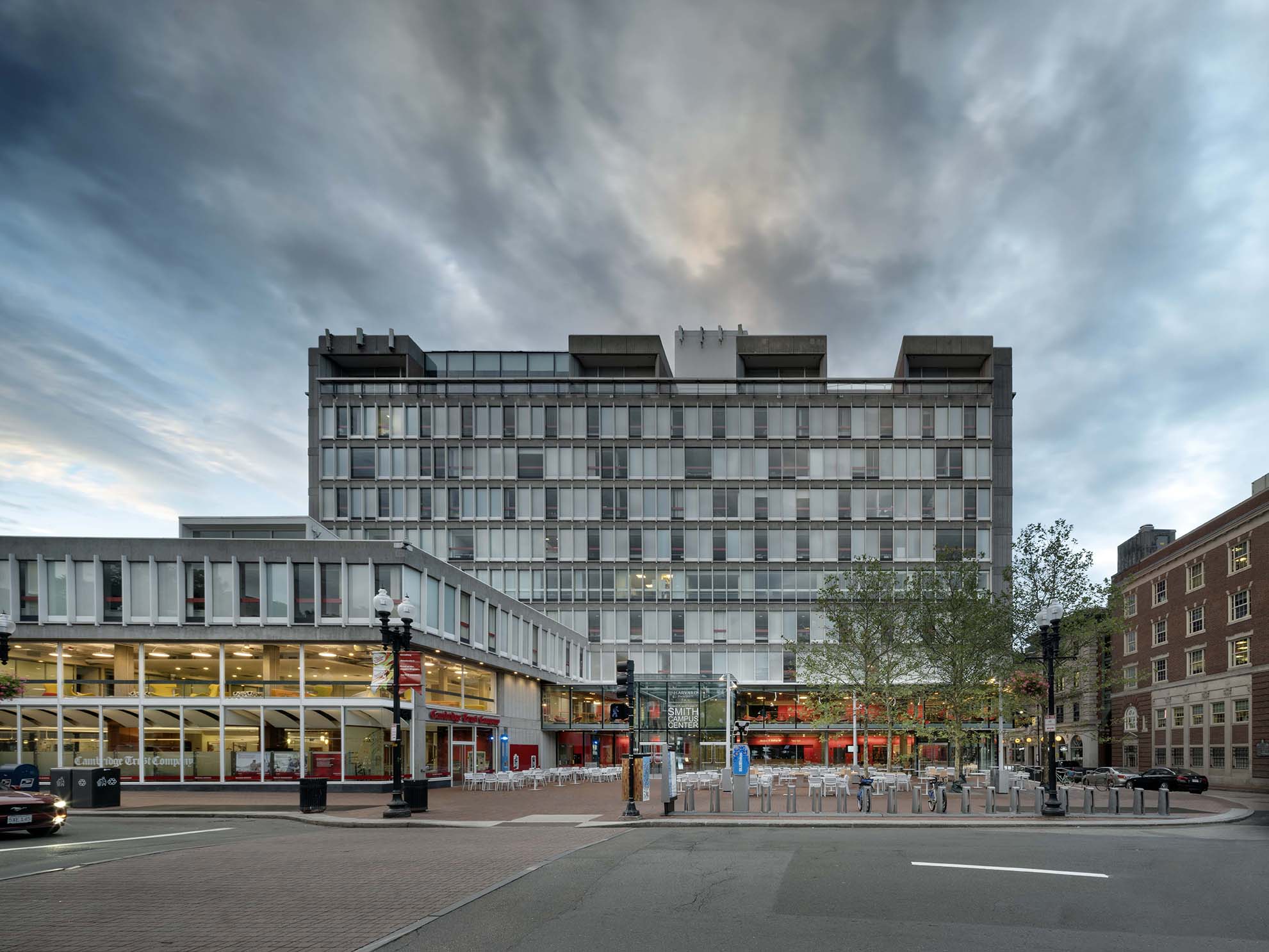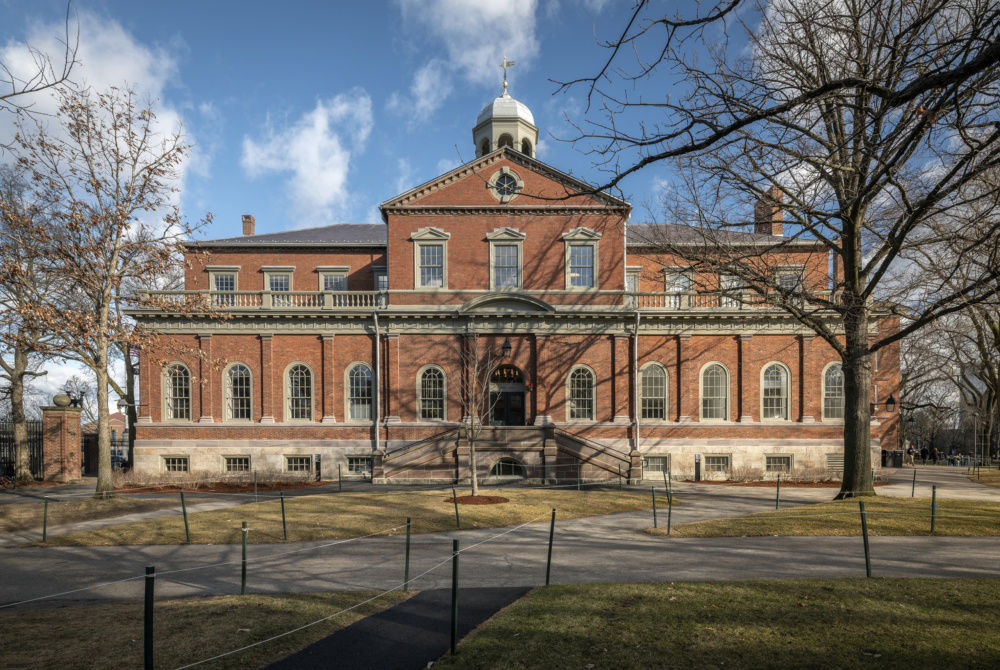The upcoming Re-Use and Renewal Virtual Summit on February 23 and 24 will provide a space for members of the design community to discuss approaches to preservation and adaptive reuse. With environmental concerns moving to the forefront of design and rapidly changing demographics across North America, the revitalization of existing or historic structures provides exciting opportunities and challenges for those in the AEC industry. Prior to the summit, AN caught up with Bruner/Cott Architects principal, Henry Moss, and associate Adrienne Cali Magners to discuss their ongoing preservation projects and emerging technology in the field.
AN: A notable feature of Bruner/Cott’s adaptive reuse and preservation work is a fine-tuned design approach backed with rigorous building research and technical know-how. What would you both describe as the methodology or approach that ties together such projects?
Henry Moss: I think it really begins with caring deeply about the building, or the buildings with which you’re working: not seeing them as a burden but as part of the process. These projects are a way to generate ideas about how their change might become the most constructive, and the most illuminating.
Adrienne Cali Magners: Our historical approach to preservation is really rooted within historic research. We want to know everything about the building, why it was built, who built it, and what changes have happened over time. We do this in conjunction with a very thorough condition assessment. And it’s also digital now that we’re in the technological world. We do digital capture (which is laser scanning, photogrammetry, drone footage) and augment things that we can’t see from the ground. If we can’t get lifts, we use drones, and really kind of push the practice further. That is mainly what is exciting about reinvigorating these buildings, enlivening the responses to the historic building, and activating the building for the future. I feel like if we activate it and use it, and make it easy to maintain, it will survive over time.

What are you both presently up to and which projects and ideas do you both look forward to presenting at the upcoming conference?
Moss: The most complicated restoration work I’ve ever done, really has had to do with concrete. We’ll be showing examples from Harvard University’s Smith Campus Center which is an entire city block of concrete buildings. And when it was originally completed, the most frequently asked question by the 1,000 occupants was when is it going to be finished?. And what they meant was when will the concrete be covered with brick. Handling of concrete was pretty nuanced, as well as getting folks to understand that the work they would be doing to those facades had the same relevance as what they might be doing to an 18th-century building.
We have had a number of projects: the [Waltham] Watch Factory, the Mass MOCA project, the Watertown Arsenal. I’m working on a group of local motor factories in Portland, Maine, right now where whole, large sections of cities have kind of been cordoned off from people’s experience, because of security, from the Department of Defense, or just industrial safety. These can be major challenges, not just in terms of the building fabric, but in terms of how they relate to their setting, how one frontage is different from another, and how you deal with past perceptions of these great hostile gray concrete buildings, and times of changing attitudes. These are, these are not small issues. It’s not just a matter of what can we do to set our building back and make it defer to its neighbor anymore.
Cali Magners: We recently worked on a renovation of Harvard Hall. It’s a 1764 masonry brick brownstone, in the center of Harvard’s campus, completed in 2019. And what was really exciting about that project is we developed a way to harvest old brownstone that we could not quarry anymore. So we found a replacement that almost matched, and we reinstalled it in a zone, a very specific addition that was put on the building. And the stone that we took out that was too deteriorated to keep, we were able to cut it up into smaller pieces and put it on the rest of the building. We reused, recycled, and replaced just by taking the stone out of the building and putting it on another portion of the building.

In the present discourse, ranging from sustainability to rectifying the wrongs of urban renewal, adaptive reuse is becoming a subject of greater popularity. What do you both perceive to be the most exciting trends in the field today and what are the largest roadblocks for the sector overall?
Cali Magners: We actually feel it starts with our clients. Developers and clients are more positive about the potential for reusing these existing buildings, and they don’t think of it as a challenge anymore. They are excited to open these derelict buildings for public use. We also see healthy environments, reduction of energy use, and carbon reduction goals are now mainstream, with architects and clients. So we’re developing this with greater accuracy for lifecycle assessment and embodied carbon versus operational carbon calculation.
Another exciting trend is this new contemporary design and historic context. So few architects have this formal training on integrating new design within existing buildings. But we’re learning through existing structures, precedents, and new projects.
Moss: We’re really working on collaborative structures within our office that in a way we’ve never had to do, understanding that there are passions that some people have for different life cycle assessments. Adrian, for example, has historic masonry systems and so forth, and that I may have some about the development of modernism and concrete structures and so forth, but the question of how to put those together with aggressively intelligent, new design, particularly in projects of large scale or building additions of different scale.
One of the aims that we’re dealing with today is it’s not just a matter of making people more aware of historic resources and more competent to deal with them, but making people in our firms capable of producing better contemporary art architecture. I actually think that 25 years from now, when people look back at rehabilitation projects in this country, and in Europe, they’re gonna say, this was the most significant thing that happened in architecture, at the end of the 20th century and at the beginning of the 21st.
Further information regarding the Re-Use & Renewal Summit can be found here.











